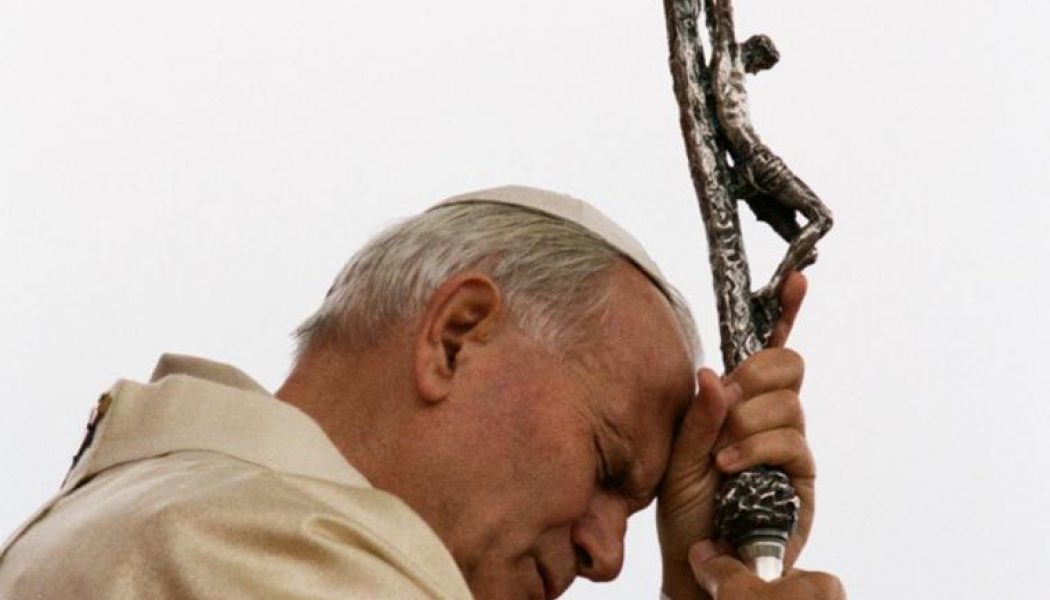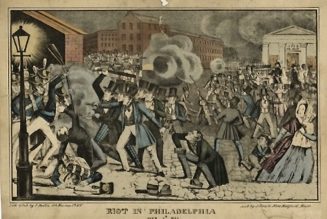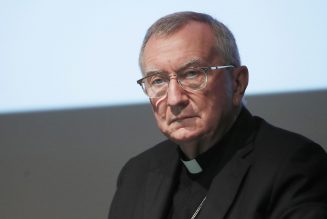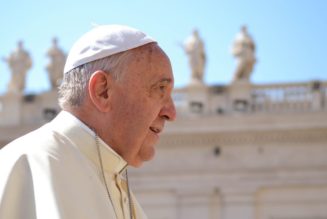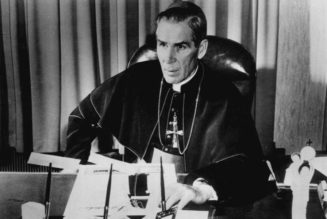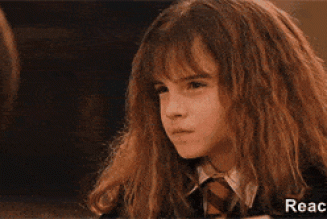
When St. John Paul II was beatified in 2011, his feast day was fixed for Oct. 22 — the date of the inaugural “Be Not Afraid!” homily — rather than the customary date of death, April 2. The death anniversary would too often fall during Holy Week or the Easter Octave, and thus could not be celebrated.
This year St. John Paul II’s death anniversary falls on Good Friday, which invites us to remember the final Good Friday of his earthly life.
In 2005, Good Friday fell on March 25, as it did in the first Holy Week of John Paul’s life, 1921. It fell on that day again during the Jubilee of Mercy declared by Pope Francis in 2016. It happens rarely, but when it does it is the perfect alignment.
The early Christians held that the first Good Friday was on March 25, the same date as the virginal conception celebrated at the Annunciation. That’s why, incidentally, the Good Thief’s feast day is March 25, his death date, Good Friday.
By Good Friday 2005, the world had already followed John Paul to the hospital and back several times. In late March it was clear that he was not going back to the hospital; he had come home to die.
Two dominant memories remain from Good Friday 2005: what Cardinal Joseph Ratzinger said at the Via Crucis at the Colosseum and what John Paul did not say, watching from the papal apartment.
The Good Friday papal custom is to pray the Stations of the Cross in the darkness of the nighttime Colosseum. John Paul usually invited different people to compose the meditations. In 2005, perhaps sensing that this would be his last Good Friday as pope, he turned to his most trusted collaborator. Cardinal Ratzinger composed the meditations.
In the event, John Paul was too frail to go to the Colosseum himself. Papal biographer George Weigel sets the scene:
“The Stations of the Cross played an important role in Karol Wojtyła’s spiritual life for more than seventy-five years. As a boy, he had seen Christ’s passion dramatically re-enacted at Kalwaria Zebrzydowska, the Holy Land shrine near his hometown of Wadowice, shortly after his mother’s death.
“On Good Friday 2005, his health rapidly failing, Pope John Paul II once again led the Church through its walk with Christ … albeit at a distance and in a different way.
“[John Paul] could barely whisper. But as Cardinal Ratzinger led the solemn procession through the ruins of antiquity, John Paul II prayed the Via Crucis while watching the ceremony at the Colosseum on a television set that been placed in the chapel of the papal apartment. A television camera at the door of the chapel showed the world John Paul’s prayer. He was seated, and grasped in his arms a large crucifix, as he prayed through the fourteen stations with the congregation near the Roman forum. Those watching at the Colosseum and on television could see only John Paul’s back; his face was never shown. Contrary to press speculation, however, he was not hiding his pain or the ravages of the weeks of illness. Rather, he was doing what he had always done, which was not to say, ‘Look at me,’ but rather, ‘Look to Christ’” (The End and the Beginning, pp. 370-371).
While John Paul in his private chapel was giving silent witness in his suffering, Cardinal Ratzinger was giving voice to the suffering of Christ at the Colosseum.
In the only Via Crucis meditation that has ever earned a life of its own, Cardinal Ratzinger wrote a searing assessment for the Ninth Station, the third fall of Jesus under the cross:
“Should we not also think of how much Christ suffers in his own Church? How often is the holy sacrament of his Presence abused, how often must he enter empty and evil hearts! How often do we celebrate only ourselves, without even realizing that he is there! How often is his Word twisted and misused! What little faith is present behind so many theories, so many empty words! How much filth there is in the Church, and even among those who, in the priesthood, ought to belong entirely to him!
The words emerged from the Colosseum as a great, prophetic thunderclap, a devastating denunciation of the suffering that Christ suffers not for the Church, but from the Church. In the 16 years since, we have come to learn that Cardinal Ratzinger was giving voice to his efforts to clean the “filth” out of the priesthood.
Perhaps Cardinal Ratzinger was prompted to speak as he did by Dante. A man as learned as the cardinal knew that Dante set his Divine Comedy over the course of a week. It begins on Holy Thursday on the threshold of hell and concludes a week later in heaven during the Easter Octave. Dante sets his journey through the Inferno on Good Friday, March 25, even if in the year 1300 Good Friday did not fall on that date.
Dante chose it for its fittingness. When Italy declared a “Dante Day” last year to mark the 700th anniversary of the publication of the Divine Comedy, it chose March 25.
Dante does not hold back from a scorching treatment of those who betray their clerical office, even the most senior prelates. In the Paradiso, St. Peter himself appears, launching a diatribe against Pope Boniface VIII. If the Ninth Station of Cardinal Ratzinger had a precedent, Dante’s Divine Comedy, set on the same day 705 years earlier, was it.
Good Friday begins the Divine Mercy novena. In 2005, Pope John Paul would begin it on that dramatic March 25, and by its completion, he would be in heaven. As his death is gratefully recalled on Good Friday this year, the septicentennial of Dante’s death, it is consoling to remember that the poetic Dante also made the journey to heaven in that time, on the same days.
Join Our Telegram Group : Salvation & Prosperity
